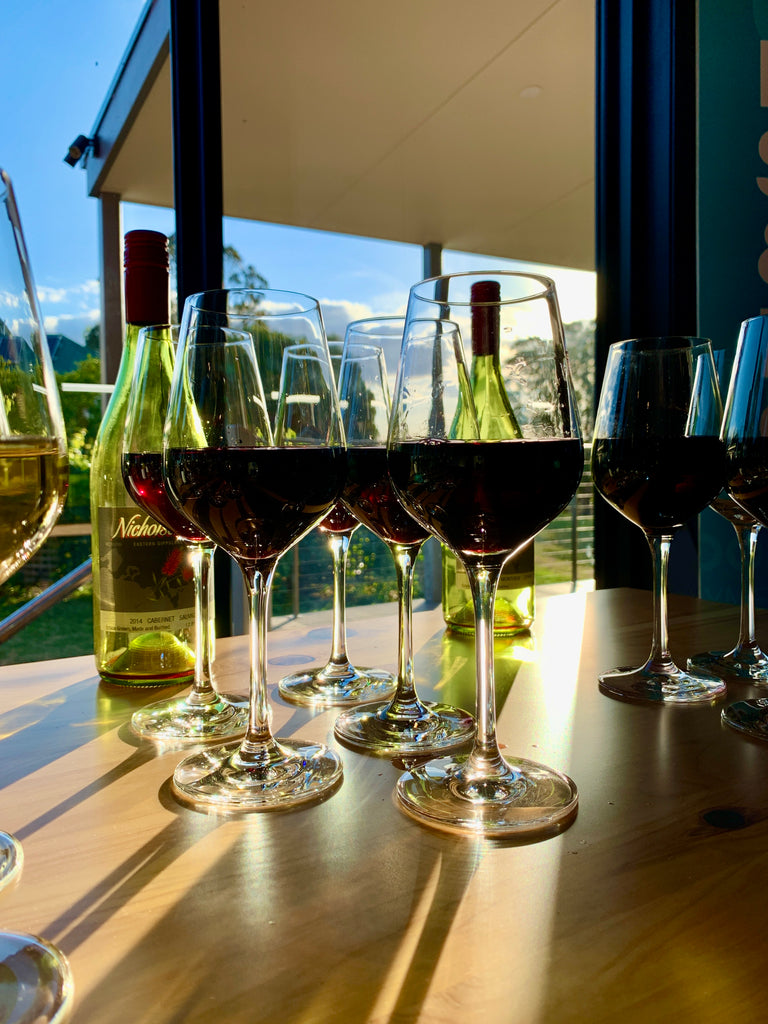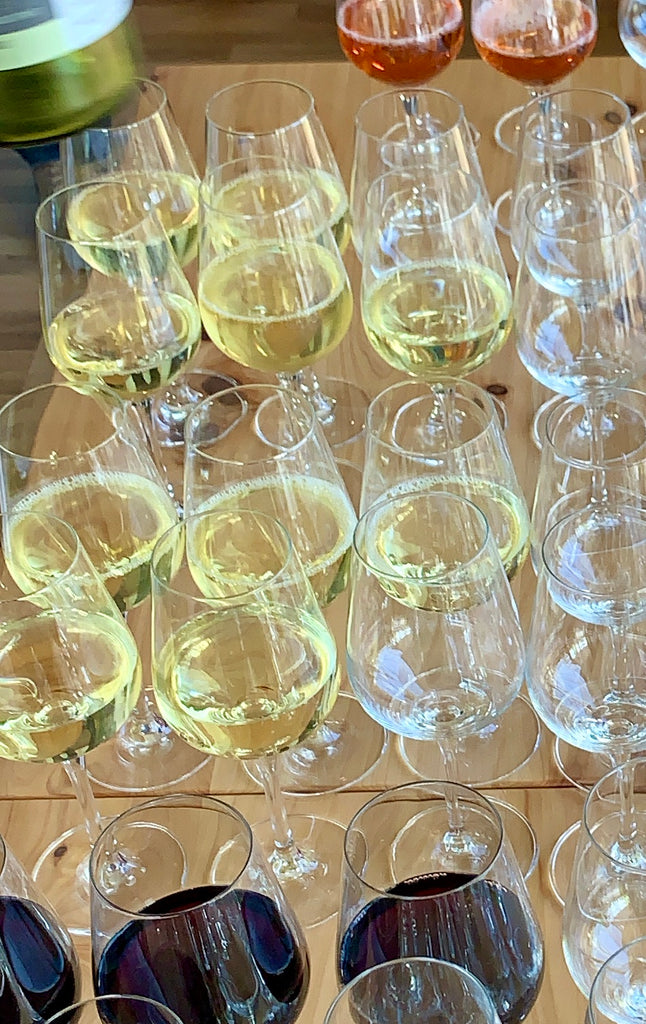It seems to me that wine style and wine quality are often confused, not only in the minds of wine consumers but more importantly in those of wine judges. The added complication is that ‘style’ is related to ‘fashion’.
When Brian Croser became president of the Winemaker’s Federation of Australia and also Chief Judge of the Adelaide Wine Show during the 1990’s, he commented that ‘exhibits are increasingly cloned to meet … style preferences of the judges’. He went on to state that ‘the broad objective … should be to create the opportunity of a greater diversity of style representation’ for the wine entries in the shows.



